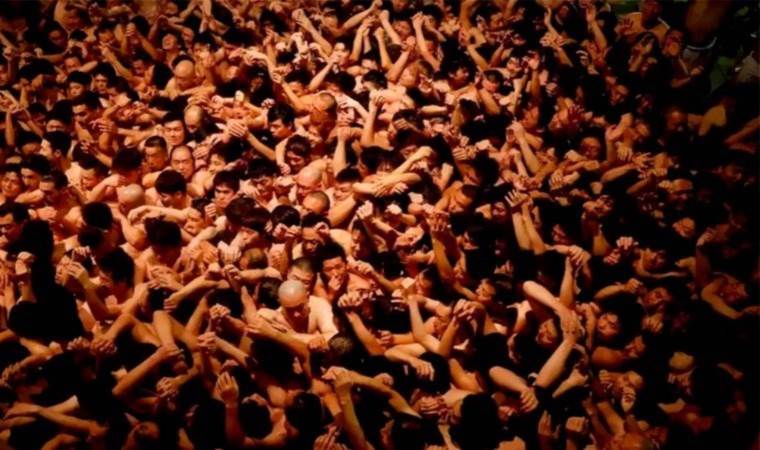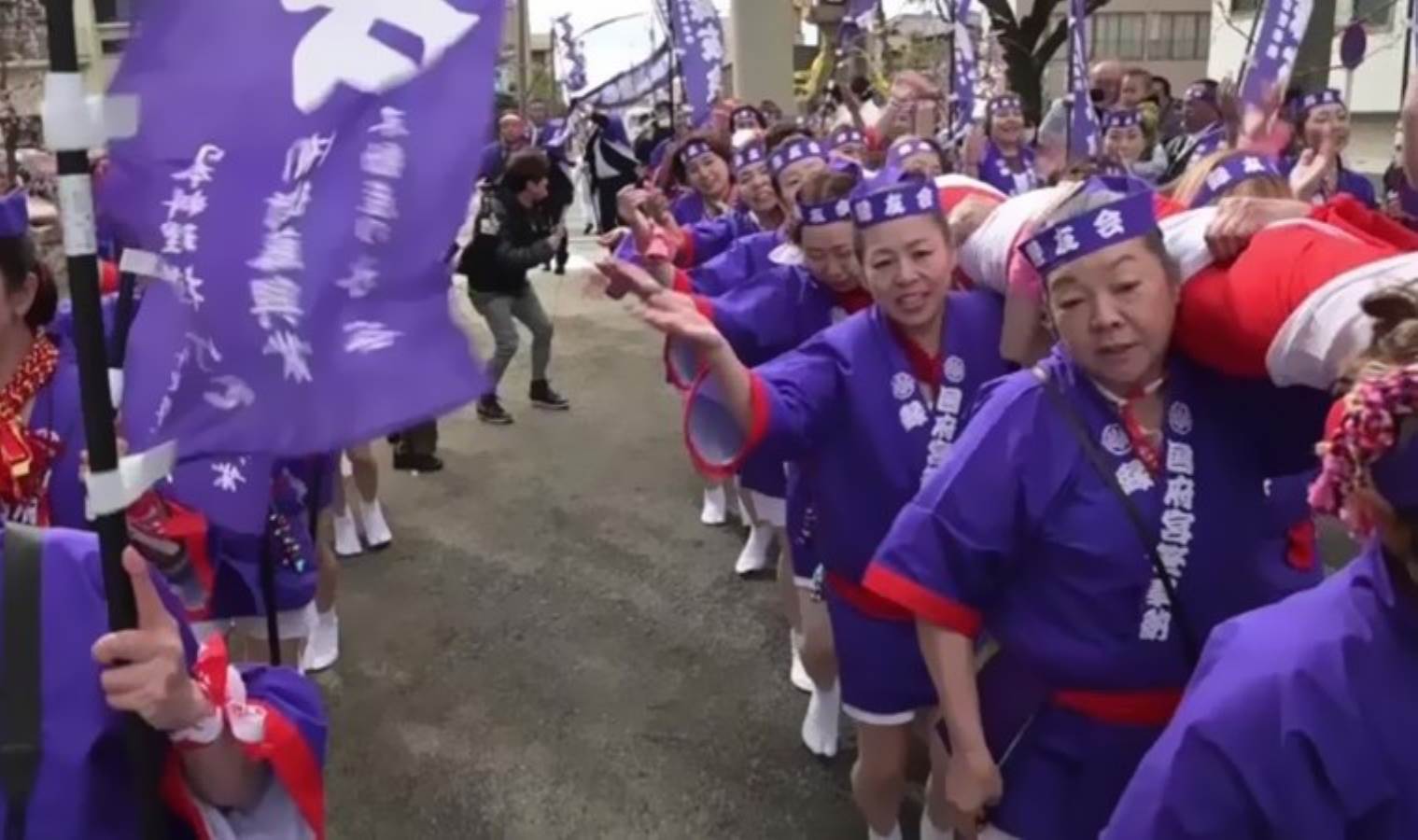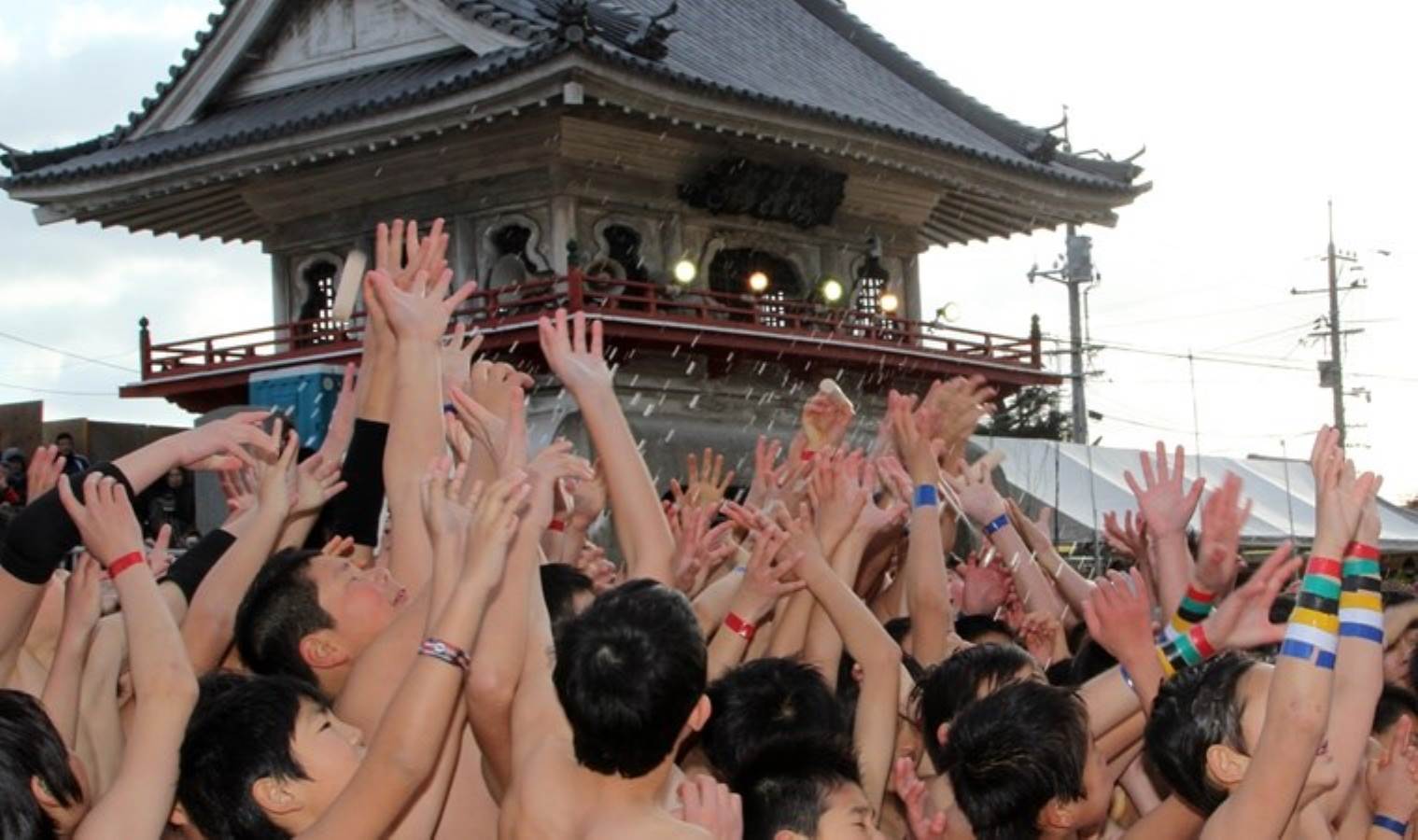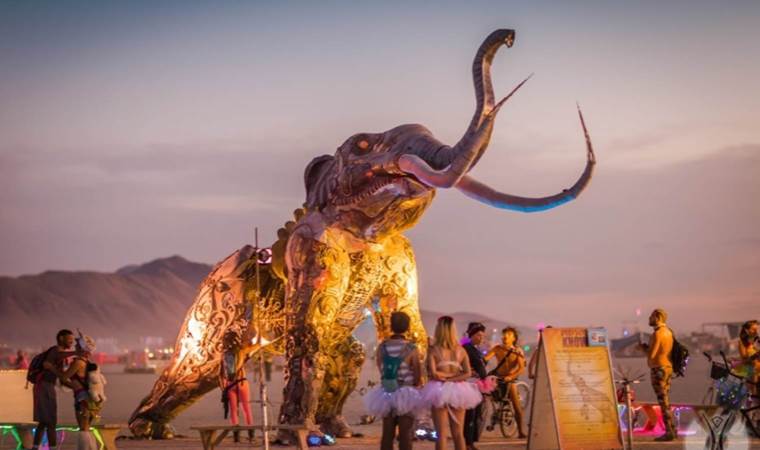1250-year-old 'Naked Festival' sees historic change
For the first time in its 1250-year history, women participated in the "naked festival" (hadaka matsuri) held at a temple in Japan.

For the first time in its 1250-year history, women participated in the "naked festival" (hadaka matsuri) held at a temple in Japan.
Women, wearing purple robes and singing hymns excitedly, carried a large bamboo trunk as an offering.
The festival, conducted to "ward off evil spirits" and where participants pray for "happiness," saw the participation of a group of seven women.
Many women wore "Happi Coats" (robes extending to the hips) common in Japanese festivals, and shorts, while men donned loincloths similar to those worn by sumo wrestlers.

Emi Tachibana, a 59-year-old civil servant among the participants, said, "I heard that women could participate, and I wanted to join to bring excitement to this city and festival."
Naruhito Tsunoda, one of the temple's priests, mentioned that there was never a ban on women's participation and that some had previously offered small votive offerings individually. "I believe the most important thing is for the festival to be fun for everyone. I think God would be happiest about that," he said.
Tsunoda noted that women did not participate in the festival's main event, where a large group of men fights together to "expel evil spirits," explaining that opening this part of the festival to women would be challenging due to its physical nature.
Last year, the Japanese government announced it would strive to increase women's participation in society, following an annual report showing the country's struggle to narrow the gender gap.
WHAT IS THE HADAKA MATSURI FESTIVAL?
Hadaka Matsuri is a traditional festival held in Japan, translating to "Naked Festival." Famous for events like the Saidai-ji Eyo Hadaka Matsuri in Okayama, it takes place at different times of the year across various Japanese cities.
Male participants typically wear minimal clothing, often just a fundoshi, a traditional Japanese loincloth, and sometimes tabi, white socks. The festival's origins are rooted in fertility, luck, and purity rituals. Participants, usually on a cold winter night, gather in temple areas to compete for sacred objects believed to bring luck.
These objects can be a type of wooden symbol or other sacred items. The event celebrates physical endurance and community spirit, offering participants a chance to wish for good luck and health for the coming year.

In the Saidai-ji Eyo example, during a midnight ceremony, temple priests throw sacred sticks (shingi) and other sacred items into a crowd of thousands of men gathered in the dark. Those who catch these items or touch them are believed to be especially lucky throughout the year.
The competition involves intense rivalry and physical effort among participants, but the entire event unfolds in an atmosphere of social unity and celebration.
Hadaka Matsuri reflects Japan's rich cultural heritage and traditions and attracts significant interest from locals and foreign tourists each year.

